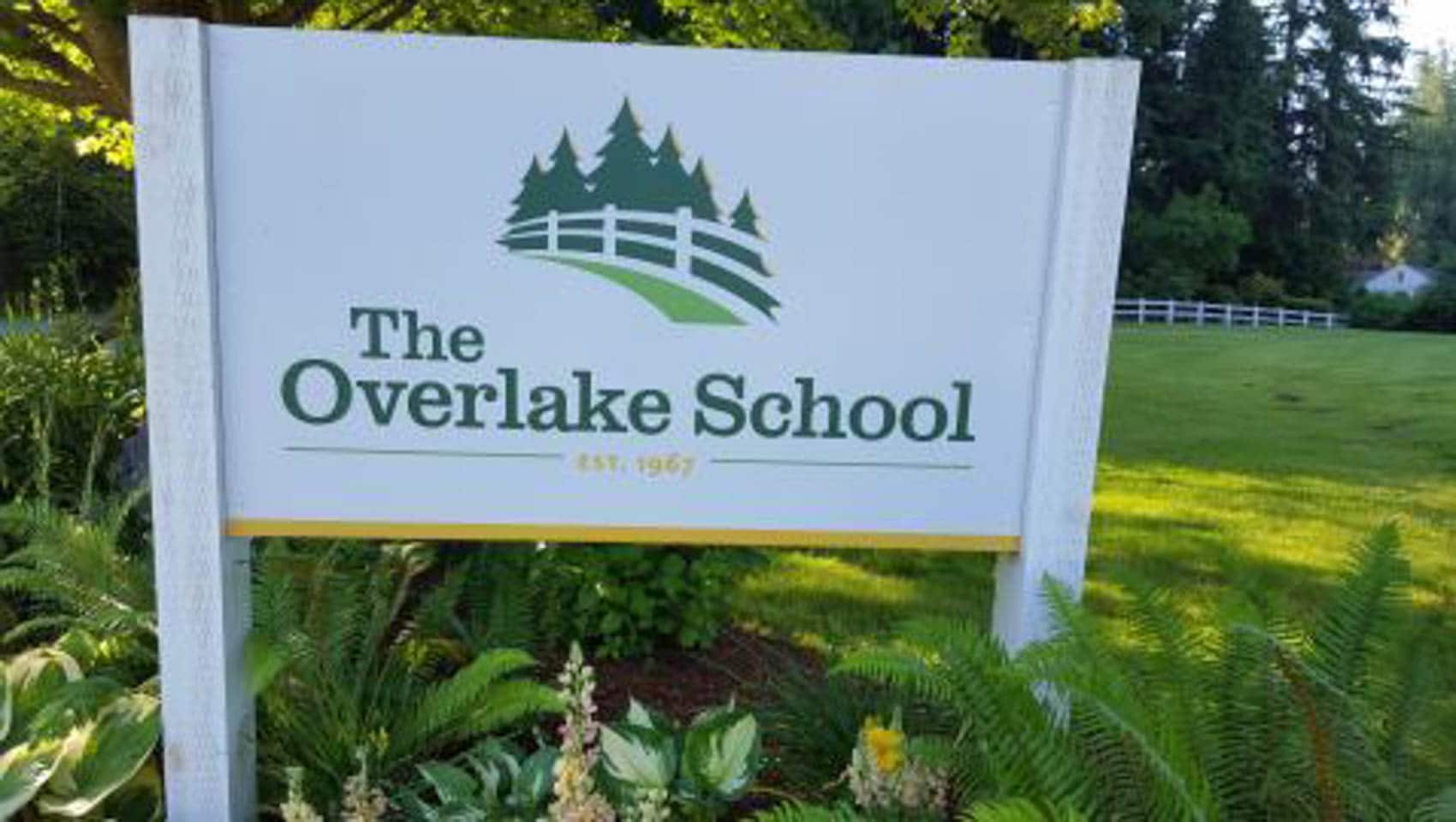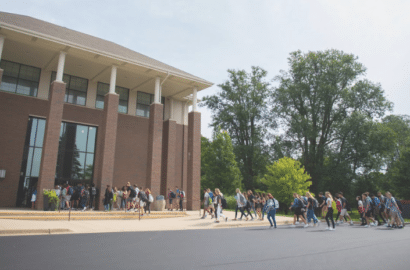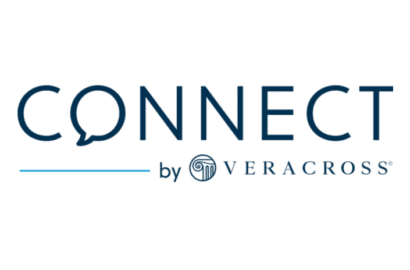
Why now is the right time to invest in a new SIS
Gathering actionable data from siloed databases across departments can be time-consuming, difficult, and unreliable. With all the uncertainty facing the upcoming school year, investing in an SIS that simplifies data management across your school’s operations is more critical than ever. Veracross’ single record architecture streamlines analysis, removes duplication, and equips each department with synchronized, up-to-date information to ensure all strategic decisions are supported with accurate data.
Read this interview with Jay Heath (Overlake School) and Anne Sena (St. David’s School) to learn how they evaluated and selected a new student information system for their school.
Jay Heath
Director of Technology
Overlake School | Redmond, Washington
“Our current system lacked improvements, reliability, evolution, and had almost no road map communication. Data was siloed across departments and there was a real lack of data flow between those departments to serve the broader needs of the school… Our SIS was simply not evolving with our needs as a school.”
Anne Sena
Director of Technology
St. David’s School | Raleigh, North Carolina
“[I was] asked me to take a look at challenges that our organization was having around duplicate person data. It was grinding operations to a halt. The more I learned about the system, the more I realized that this was never going to be fixed. So, we needed to take a step back as a school and determine what our long-term strategy was.”
Why did your school first consider a new School Information System?
JAY: Every SIS has a year-end rollover process where you go from one year to the next and that was one of my first experiences with the system. As we got the group of people together to do the rollover everybody was just sitting around thinking, “Is there really not a better way? Is there really not a better system out there?” I pulled in the primary day-to-day users of the system. That was our admissions office, development, communications, registrar, business office and technology team to give input. Our current system lacked improvements, reliability, evolution, and had almost no road map communication. Data was siloed across departments and there was a real lack of data flow between those departments to serve the broader needs of the school. At best, people were moderately happy with the system and at worst people were banging their heads against their computers wondering why it took 48 hours to run a report, or why you couldn’t access historical reports from years ago. Our SIS was simply not evolving with our needs as a school.
ANNE: When I came into the school, which was early February 2015, they asked me to take a look at challenges that our organization was having around duplicate person data. It was grinding operations to a halt. The more I learned about the system, the more I realized that this was never going to be fixed. So, we needed to take a step back as a school and determine what our long-term strategy was. I really wanted to take a look at what are the best practices in independent schools in the market and can we find a system partner that has those best practices inherently within the system?
What systems or products were you using at the time?
JAY: We used Senior Systems in the Business Office and Admissions Department. We also used Ravenna and would sync data from Ravenna into Senior Systems. Development and Registrar used it heavily. Communications did what little they could through My Backpack. Athletics was one of the biggest eventual migrations for us. They were using a system called Tandem, which served us well at the time, but it was not part of the major data warehouse. Since it wasn’t included with class, teacher, or student schedules, it had massive limitations when it came to visibility and accuracy.
ANNE: When I came into the school in 2015, we had Senior Systems for our SIS and Blackbaud/Whipple Hill for our LMS and external website.
How did you go about searching for a new vendor? Did you use any formal project management tool, put out an RFP, etc.?
JAY: I got a lot of referrals heading into the selection process. The two platforms that we looked at the most closely were Blackbaud and Veracross. I asked Veracross for references of schools that had moved from Senior Systems I asked Blackbaud for those who had moved from Senior Systems and Veracross. We are part of the Northwest Association of Independent Schools, so I also talked to a lot of NWAIS schools. I had formerly been in NYC, so I also talked to many folks in the New York State Association of Independent Schools and did a lot of word of mouth at conferences, AIS, and local regional conferences. That really made a big difference.
The references from Veracross users were invaluable. A salesperson can talk and talk about their product and all the things that it can do, but it’s when I talk to a school that has had positive experiences over time that I know a product is worth my while. We did that early in the process rather than doing reference checks later on because we really wanted to know what was working well for schools before we got deep in the process.
We did not do an RFP either, but we did develop a pretty extensive document per department of our minimum requirements of what the SIS had to do, what would we like it to do, and what it currently doesn’t do. We had a couple non-negotiables, which were part of the conversation. We wanted to keep Canvas and we wanted to keep our custom website at overlake.org. We made sure that every platform we looked at going into it could meet our requirements. We also said we wanted a platform that was a single record system, one record per person, and we wanted a system one that was web-based. I started in 2015 and around 2016 we started the SIS search. It took from about summer of 2016 until December of 2017 for us to sign our contract — about an 18-month process from start to finish.
ANNE: I actually went to the Association of Technology Leaders in Independent Schools (ATLIS) conference to investigate options. If you are a director of technology and not a member of ATLIS, I recommend joining. It’s very helpful. As for personnel involved in the search, there were three teams: external website team, LMS team made up of the faculty and the principals/academics, and SIS team made up of all of the organization — advancement, admissions, registrar, business office, marketing and communications. Finally, we had a steering committee. We didn’t do a formal RFP, but we did have phone conversations with all of the potential vendors. We settled on three for onsite visits and presentations. We didn’t utilize any formal tools — it was all in my brain. Because I had done this often, the process came second nature to me. Certainly, if this is a very new process for your school, it would be a big benefit to incorporate some project management tools. At my school, they probably would have hired a consultant had they not had me as Director of Technology who was uniquely familiar. I will say that when our LMS team evaluated the 8 different LMS platforms, they did use a tool to evaluate and score the different platforms; and they used that for their recommendations. They were the first ones within our organization to recommend Veracross. I knew that Veracross was the right system based on my early conversations with them. I personally liked the product, structure, and Veracross as a company. For other faculty to come to that decision first reinforced the faculty and student experience. It worked out very well.
Tell us about the rhythm. How often was the steering committee meeting? Were you communicating with departments that would be impacted?
JAY: Similarly, we put together what we call our core SIS team. That team is made up of representatives from admissions, communication, development, business office, athletics, technology, and registrar. You get onto the core team by being in an office that is meaningfully inputting data into the warehouse as opposed to simply accessing data from the backend for viewing. The core SIS team met weekly up until the point that we made the decision. We are now meeting once or twice a month because I really see a lot of the human workflows as critical to making the SIS successful. The team has been crucial in the process moving forward.
ANNE: The steering committee met monthly and we kept to an aggressive timeline. We decided in late spring 2015 that we wanted to do this. By late fall we had made a decision and were negotiating a contract with Veracross. I made sure that everybody was represented in one of the three groups that were evaluating the different systems. All stakeholders had a voice in planning, evaluation, and recommendation.
At what point did you start having budget conversations with your school?
JAY: I will be honest here, coming from Senior Systems, we had a little bit of sticker shock when we first learned about Veracross. It took some time to wrap our heads around that and make it a budgetary reality. That made our review a little more protective than I think it needed to be. Part of what really bogged us down in the end was not doing the finance sooner and not being clearer on what the hard costs were going to be. It’s something that I recommend to other schools interested in Veracross — start having those financial conversations sooner rather than later so you can make sure it fits. I feel strongly that you get what you pay for with Veracross, but cost is something that needs to be discussed early on.
ANNE: From the very beginning we were working in parallel with our finance committee and the board chairs to make sure that we were in the position to move forward when we needed to.
Regarding the search process, what do you know now that you wish you had known then?
JAY: Be prepared for what it means to have a single record system in the end and to have the data flowing in all directions. Users need to be really aware of the broad reach and impact of changes that they make to the data. That was something that I knew we wanted, but I don’t think I understood how big of a cultural shift it would be. Now, a lot of our conversations revolve around data culture, how to build the data culture that we want, and what that means for daily system use.
ANNE: As I look back at our search process, I kept very quiet about who I thought the right vendors were. I never weighed in on that because as a leader of a program you need to keep your option totally private. I think that’s vital. It ensures that feedback you get is honest and uninfluenced by bias. It was interesting that it really organically landed the way I wanted it to. The LMS teams charging ahead and selecting Veracross over the other seven that they looked at was great. I could not have manufactured that at all. Additionally, I would say our search process was the right level of rigor. Make sure you keep a realistic view of how rigorous you can be. For us, the reality was that we did not have the personnel to do a heavy process.
I also think that you need to be very clear on your schools’ personnel, organization, dynamic, and know that this is just the beginning. How you go about the search process, how inclusive it is, and how it is approached at the beginning of the change management process can win people over or create resistance. Be careful and be intentional. You need your leadership all the way up to the headmaster to understand what you are trying to do and provide that active support both in meetings and outside.
After narrowing it down to finalists, how did you land on Veracross as your final selection? How was that decision communicated?
JAY: Obviously, making a change to an SIS is a really difficult process. You are extracting the tentacles of one SIS across the school with all the human emotion of that as well as the workflows. Some workflows you keep, some you throw out. But, as I mentioned, the reason for us starting this process was that our old SIS was not evolving with the school. So, I really wanted to find not just what was the right product for today, but what was going to be the right product in the years to come. Everything I saw from Veracross, and one of the unexpected benefits of having a longer selection process, was that I got to see a lot of evolution in the product. We saw more evolution in the first three months after we launched Veracross than we saw in ten years with our previous SIS.
That was the first most important thing for us to consider. Additionally, the references that we got from Veracross were glowing. That was a big factor for us when making the final choice. Veracross was also extremely forthcoming with access to the demo database. In fact, I felt like I was already an intermediate Veracross user by the time we signed our contract because I had such extensive use. That was something that took a lot of teeth pulling with other companies. It’s difficult to get any level of access to demo databases. That was a huge benefit — to try before you buy.
ANNE: We had the representatives in for an on-site visit and they also made themselves available for phone calls with the different teams. Basically, we had one formal review with a presentation with all stakeholders in one room and a lot of Q&A with vendors. We wanted to ask about long-term road map; what was strategy going forward for our current providers; did they acknowledge that the current situation we had was problematic; are they going to do anything to fix it; and what was their system structure? I made sure that we asked the same questions of everybody. We didn’t bring all LMS people in for a transparency perspective, but the LMS teams did have phone conversations with them. Once that happened, the LMS team, just by nature, came up with their decision first, and then the rest of the organization. They weren’t totally settling the final choice but communicating that they had discussed all pain points and proposed solution elements. So, all of that happened and then the recommendations went to the steering committee. They reviewed it and it was a go.
We certainly had internal communication by nature of making sure we had everyone represented throughout that whole process. All of the organization knew, so it was more about waterfall down to all of the faculty. We had two representatives from our three divisions, so that was an easier cascade. Once when we figured out what the implementation timeline was going to be, we determined communication to our greater community. That wasn’t until we were close to ready — probably that summer before we went live in August.
As to migrating systems, what would you recommend in terms of running parallel databases?
JAY: As we were going through the process, we talked about a lot of different timelines. We talked about sort of running both in tandem for a year and going module by module to make the cost a little more pliable. We also talked about “ripping the band aid off” as one teacher said, “to let the healing begin.” In the end, we took that approach and chose to do it all at once. We launched everything in May of 2018 and continued to launch modules here and there, but we kept Senior Systems only 6 months into that process and got rid of it in December 2018. I wish that I had spent a little bit of time thinking about that process. We did have about a 2-week process of data blackout while we were transitioning, but Senior Systems really changed to a read only database after May of 2018 when we launched that CM.
ANNE: We essentially went live with all components in August. It was intense, but we did it. Before you do that, make sure the data is as clean as possible in the current year and in a few years behind. Remember that bad data in is a bad data out. Some people didn’t do that, so it was challenging once we had to do the data verification. I would also say that data verification isn’t fun, not with any system. People didn’t want to do it. So, myself and my analyst that I hired for this project did most of it — with a lot of help from Veracross. It’s important to get your colleagues to understand: “Here are the things that have to be done whether we want to or not. How do we get it done collaboratively without burning out a couple of people?” So, when planning it, be aware of that reality. Veracross is very transparent about how much work it is, so make sure there are people behind you to do it.
Implementation: Can you comment on the change management aspect of bringing in a new SIS?
JAY: Changing an SIS is definitely a full-time job. I really thank my core SIS team for leading this work. It was very impactful that we were so clear about the problem that we were trying to solve by changing our SIS. We just kept going back to: “We’re doing this because of the evolution of our data needs and because of the flow of data and the data culture that we want.” So, throughout the process, the focus wasn’t on the pain. We put so much emphasis on the why that it helped motivate people throughout the implementation.
ANNE: I would plot with people, like — this is where you are in the change curve. You are in the “Valley of Despair.” We need to get you up and to the right. So, you’re driving change. As a change agent, you need to be very aware that you are driving change through human beings. This model is helpful because it allows you to understand that humans generally act in similar ways. There is light at the end of the tunnel and getting there typically looks like this. I am a huge proponent of the change curve and the change cycle because it helps you think more intentionally about how you engage people based on where you think they are.
What is a something you have learned that someone considering Veracross should know?
JAY: I was going to say the same thing. I think the customer-focused model that Veracross employs is extremely helpful and useful. With their help, I didn’t have to worry about a lot of the implementation project management.
ANNE: I was pleasantly surprised that they are very customer-focused. They don’t just say it; they are truly, primarily focused on customer relationships. I really feel that Veracross is in there with us. They get the dynamics of the change curve, the dynamics of human beings, and what I’m dealing with politically. I love that I have that partnership and I have a continuity of community. Through Veracross Connect, I meet people and I’m able to say, “Oh my gosh, you’ve help me with tickets. Thank you so much!” They are very authentic.
Last question, why did your school choose Veracross?
JAY: Veracross is a wonderful company to work with. We’ve had them out to an event we hosted, sort of a tech office meet-up, and they are simply a really great company. Beyond the positive relationship and company culture, the product is also evolving rapidly. My community thanks me often for making this positive change for our school.
ANNE: I count our experience with Veracross as a total success. Success to me means you go through all this work and in the end, the product is intuitive. The organization, the school, the parents, and the students all get it and you don’t have to spend a lot of time re-educating. Yes, you are going to put in a lot of effort on the front end, which you would do for any type of project like this. But just know that once you get through the implementation, it is really smooth sailing. The product is stable. You won’t have outages. I sleep very soundly at night knowing that my SIS and my whole school is operating on Veracross and there will not be an issue.



